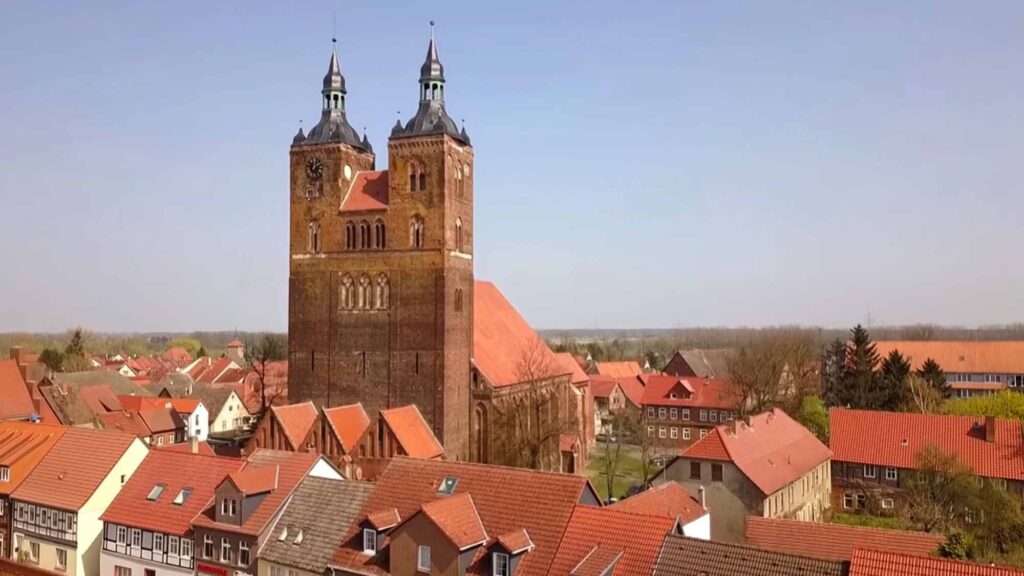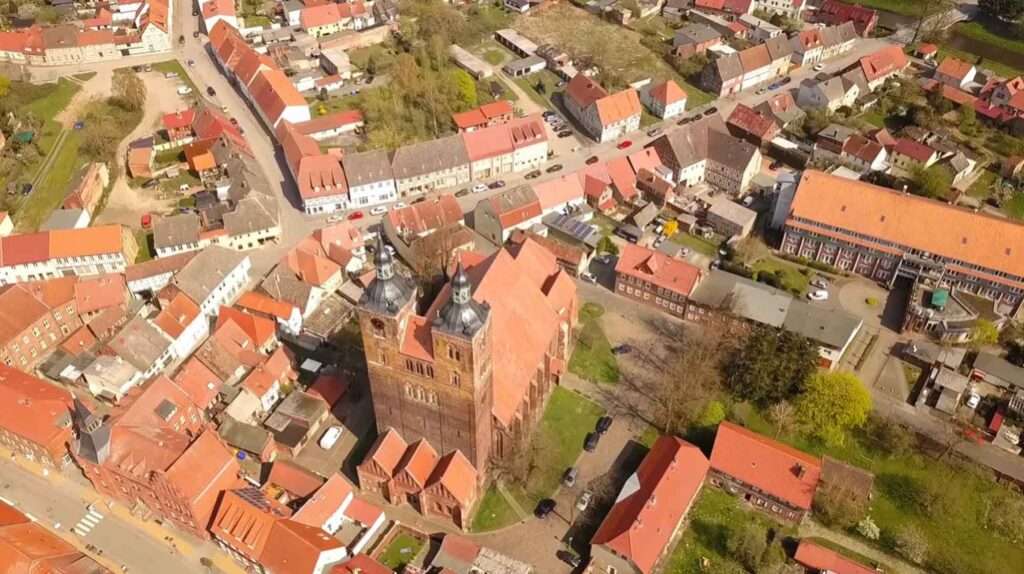The surprise finding of a long-lost Last Supper painting in Germany that shows Jesus and the disciples lounging on cushions rather than seated at a table has been described as a Christmas miracle.
The idea of how Jesus would have broken bread with his disciples at the Last Supper has sparked heated debate by those who argue that they were either standing or reclining on cushions – but most agree that they would not have been seated around the table as shown by Leonardo Da Vinci’s famous picture The Last Supper.
The newly uncovered 1711 painting showing Jesus and his disciples lying around the table on thick cushions in Ancient Roman fashion was found behind a closet in the vicarage of the Church of St Petri in Seehausen, Saxony-Anhalt.

The 2.5-metre-wide, 85-centimetre-tall oil-on-wood artwork had not been seen in 154 years.
Dr Walter Fiedler – chairman of the Friends of the Church of St Petri – told local media there were “a lot of oohs and ahs when the monumental work from 1711 came to light again”.
It was Dr Fiedler and the church’s current pastor, Almut Riemann, who found the painting.
The artwork was previously displayed inside the church but had been transferred to the vicarage ahead of a renovation of the house of worship’s 15th century altar in 1867.
It is said to be a near-copy of a 16th-century copper engraving by Christoph Phalle.
Despite spending so many years missing, the painting had remained dry and its condition is described as “very good”.

It will now be fully restored using money left over from the altar’s most recent renovation and there are plans for it to go on display at the church again from May.
When asked if the find was a “Christmas miracle”, Dr Fiedler replied: “In principle it is.”
To find out more about the author, editor or agency that supplied this story – please click below.
Story By: Michael Leidig, Sub-Editor: Michael Leidig, Agency: Central European News
The Ananova page is created by and dedicated to professional, independent freelance journalists. It is a place for us to showcase our work. When our news is sold to our media partners, we will include the link here.




